#Venedic
Note
Top 5 weirdest sounding words, any language allowed
The order of the words is arbitrary, but:
Poing (Fr*nch)
It means "fist" but is pronounced /pwɛ̃/ (approximation in english: pwen (en like in end): approximation in polish: płę)
Learnt it yesterday courtesy of Roll20's french CoC2e character sheet
Wlonk/Wlank (Middle English)
It's pronounced exactly as it's spelt, so there's this awkward w-l cluster (ł-l in Polish it would be). Its meanings include "noble, highborn fair, beautiful, gorgeous fine, excellent, splendid proud, boastful"
It also has alternate spellings (as old and middle English loves to do) and those include wlanck, wlank, wlonc, wlong, and its plural (as well as weak singlular) is "wlonke" (also pronounced as spelt, think like the german -e plural.)
Obmierzły (Polish)
One of those words where rz is pronounced separately rather than like ż. Learnt it courtesy of Curse of Strahd where the word is used to describe, among other things, a certain sword. Certainly not the weirdest Polish word but my mind is blanking trying to remember any funny sounding words rn. It means "revolting, repulsive, disgusting, such that evokes aversion and disgust."
Fun fact about this word: it's actually related to "marznąć".
Dzieszcządszerzym (Wenedyk/Venedic)
Now, Venedic is a constructed language, created for the purposes of the "Ill (capital i, double lowercase L) Bethisad", where Polish became a romance language (like Italian, Spanish, or Romanian) instead of staying Slavic; because of that its two source languages are Latin and Polish - the grammar is chiefly Latin, the vocab is mixed, and the sound changes are chiefly like those that have occured in Polish.
This makes for a very interesting situation where as a polish speaker most of the language sounds funny or weird, so I just chose the longest word in the sample texts I could find, because the whole language sounds equally as weird to me (in a good way).
If you read a text as a Polish speaker you feel like you should be able to understand, but unless it's a word that hasn't changed much or at all from Polish, it's gonna be hard.
Anyway the word means "we will come down, we will descend" - from dzieszczędzier which comes from latin descendere (to descend) - and it's pronounced exactly as it would be in Polish. Have fun pronouncing it :)
Canntaireachd (Scottish Gaelic)
I tried to find weird words from other parts of the world than Europe and alternate history Europe, but as said I blanked out on those, so yah.
This word is the origin of the Scots and then D&D term "cantrip", but originally means "a piper's mnemonic chant" (basically a meaningless chant that helps a piper memorise a tune) or simply just "chanting".
"so how's it pronounced?" you ask
The IPA for the word looks like this [ˈkʰãũn̪ˠt̪ɛɾʲəxk]
Since I can't approximate the pronunciation in English, I will do so in Polish
khaunhteriechk
#weird words#words#pronunciation#Polish#Scottish Gaelic#Venedic#French#Middle English#Language#Ask Game#linguistics
15 notes
·
View notes
Text
The third battle of Centro ( 16/02/79)

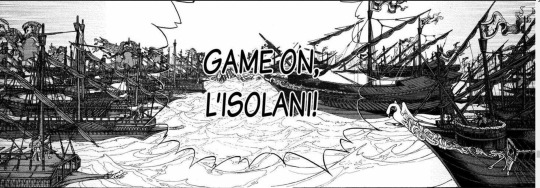
The Third Battle of Centro, also known as the Phoenician War, was fought on the 16th of the month of Tencere, in the year 79 CTR, between a combined fleet consisting of the Knights of Rhodes, Sicilia, Naples, Genoa, Balt Rhein, and Li'solani, against the fleet of the Turkiye-Venedik alliance in the sea of Centro, near the city of Phoenicia. This was the third round of fighting in the entire conflict at sea between the two powers, in an attempt by the Imperial and Crusader alliances to dominate the waters of Centro after the failure of the land invasion of Sud. The Turkiye-Venedik fleet won a landslide victory, killing many of the Crusaders' commanders, capturing most of their warships, and taking many prisoners and booty. This battle was the end of the Balt Rhein Empire's dominance of the Centro and the loss of its vassal state on the island of Crete. It also had a major impact on the first appearance of the Turkiye naval dominance as the new ruler of the Centro Seas.
Power map of Balt Rhein Turkiye after the battle of Cinza.

several Countries in Centro and Mediterranean Before a Battle.
Prime Minister Louis of Balt Rhein was still not giving up his passionate determination to continue fighting Turkiye. even though the expeditionary force sent to Sud was destroyed. while according to miller, (who argues that the expedition to Sud was not at the direction of St Michael) Louis once again used his bet to be able to take Sud by sea. His strategy was to cut off all Turkiye lines of communication and supplies by taking control of Centro so that he could directly threaten Imbros (a Venedic colony) and Constantinople. Louis mediated with Pope Nicholas V to organise another Crusade. Despite Rome's difficulties in mobilising the masses, due to internal conflicts in western Europe, the pope's invitation was successful in getting Genoa, Sicily, Naples and the Hosipitaller Knights of Rhodes to form an alliance.
On 22 Lale, 79 CTR, the Naples and Sicily Fleets of 100 galleys each besieged Li'solani. Donattello Doria immediately surrendered, and asked for security guarantees. even offered military assistance in order to fight the Türkiye and Venedik. thus, Li'solani broke out of his agreement with the Türkiye 2 years ago that they had signed themselves. Donatello's betrayal reached the venedik and received a strong reaction from Antonio Lucio, Doge Venedik. Antonio conveyed this news directly to Constantinople. in response to this Zaganos Pasha ordered careful military preparations to Hamza Pasha as the Kapudan Bahriye who was positioned in Phoenicia. in order to mobilise his fleet.

Turkiye Galleys in 15th Century
In addition to taking control of Li'solani, the crusader fleet attacked any ship passing through the western centro. It did not even distinguish which ships belonged to Turkiye from those belonging to their own allies. On the 28th, there was an incident of robbery of a venedic merchant ship by the crusader fleet. The raids expanded to reach Ponente, Tharos, and St. Lucino. The two countries on the island of Crete decided to submit to the crusaders. facing the worsening situation in Centro. Antonio Lucio decided to make military preparations. The levy of goods was increased, and soldiers and archers were recruited. Marco Quirini, one of the Venedic commanders who participated in the first Centro War, was appointed Commander in Chief in place of Silvestro Brega. at the head of the Venedic Fleet mobilised in Imbros, consisting of 150 galleys.

Various Types of Venetian Ships
On the 3rd of Tencere, Hamza Pasha ordered the addition of 150 galleys in Phoenicia and immediately accelerated the mobilisation. With this new navy, Hamza Pasha tried to get out of Phoenike Harbour and met a small part of the crusader fleet that was coincidentally trying to get closer to Phoenike for the sake of looting. A brief battle ensued, and Hamza Pasha was able to repulse the invaders' attack. From this brief battle, Hamza Pasha realised that it seemed that the crusaders were attacking without any coordination or prepared strategy. So there was a possibility of winning the battle.
The next day, the Balt Rhein Imperial Fleet, led by Andreas Patarini, left the vessels for Li'solani, where the Crusader Fleet was supposed to be assembled. In the evening, a council of war was held. A dispute ensued over who would command the combined Crusader Fleet. Andreas put himself forward to lead the fleet. However, the majority of the Sicilian and Genoese forces voted against him. The Genoese instead put forward Giustiniani (their warlord, who was rumoured to have disappeared after the battle of Gallipoli, 77 CTR) to lead their leet. It is known that Giustiniani did not die and managed to survive his humiliating defeat and escape to Rhodes. Giustiniani is currently on his way to lead the Hospitaller Knight Fleet to Li'solani to answer the call of the papal alliance.
However, the Giustiniani's arrival was very slow due to a westerly wind that was contrary to the direction they were travelling. Five days later, on Tencere 8, Giustiniani arrived at Li'solani and immediately convened the council of war once again. Provveditore Venier (Capitan of Naples), Albano Capello (Genoa), and Poei Manfredi (Li'solani) urged a direct attack on the Turkishye Venedik forces towards their headquarters, i.e., Phoenicia, given that both fleets were not yet fully organised. But Giusitiniani was hesitant about this proposal and preferred to target an easier target, i.e., the city of Chielo or the city of Scoglio. This proposal was supported by the commanders of the Balt Rhein. The crusader commander accused the Balt Rhein of greed and stubbornness, wanting only the result of the war for themselves. The division among the councils of war continued into the night. Nevertheless, Giustiniani finally supported the first opinion. and decided to reorganise his fleet, getting ready to face the Combined Turkiye-Venedik Fleet.
Battle
The fleet of the Crusader Alliance, consisting of 400 ships (according to Marino Satino), 200 galleys from Balt Rhein, 40 from Rhodes, 30 from Li'solani, 80 from Sicily, 30 from Genoa, and 20 from Naples. (Among all the ships, those of Genoa and Naples were the largest.) The movement of the Crusader fleet towards the battlefield was very slow due to the lack of wind. and the fleet only departed on the 12th. Meanwhile, the Venedic Turkiye Combined Fleet arrived in Phoenicia, consisting of 300 ships. The Turkish ships were dominated by small galleys (and no large ships), totaling 150 galleys. supported by the Venedic Fleet (100 Galleys, 20 Formosse, and 30 Mescolare). Hamza Pasha was appointed Commander-in-Chief of the Combined Fleet. and prepared to organise his battle formation. upon hearing that the Crusader Fleet was moving towards Phoenicia.
The two fleets met on the Phoenicia Sea Route on the 16th. Seeing that the enemy forces had more fleets and larger ships, Hamza Pasha decided to face his galleys against the galleys of the Balt Rhein and Rhodes. while the Venedic forces faced the Genoese, Naples, and Li'solani. The two ships approached each other and began to fire arrows. Hamza Pasha arranged the formation of his galleys close to the enemy galleys so as to make it easier for his soldiers to fight each other, like a war on land. The war continued with mutual sword-slashing and arrow-shooting for a long time, turning into a frightening, bloody battle. The Imperial troops tried to break free from the oars of the Turkiye galleys. However, the two galleys had already docked and could not be released. Despite the bumpy and unstable tidal waters, the Turkiye troops were able to take control of the situation. and killed many of the Empire's marine troops. The Balt Rhein troops were in disarray as their commander, Andreas Patarini, was killed, so they decided to retreat, leaving their allies without a second thought. According to Satino, Andreas staggered on his ship due to the tide. then fell into the sea and drowned.

Hamza Pasha General Commander of the Turkiye-Venedik Fleet
On the other hand, the Venedic battles against Naples, Genoa, and Naples are still ongoing. The Naples ships had difficulty keeping their fleet formation. So Marco Quirini took this golden opportunity to close his ships with the Naples ships. Provveditore Venier ordered his ships to retreat for a while in order to draw the Venedic forces further away from their gallai and thus separate them from the Main Fleet. The ships of Naples fought back by advancing ahead of the Venedik fleet; one of its commanders, Girolamo Minotto, misinterpreted Provveditore Venier's signal to stay away, according to Satino, and attacked the Venedik flagship instead. Seeing the tactical failure of the Naples forces, the commander of the Venedik Galleries, Lorenzo Festa, laid siege to the Naples Fleet. while Gianpaolo Cavallo attacked the Li'solani Galleries to separate them.
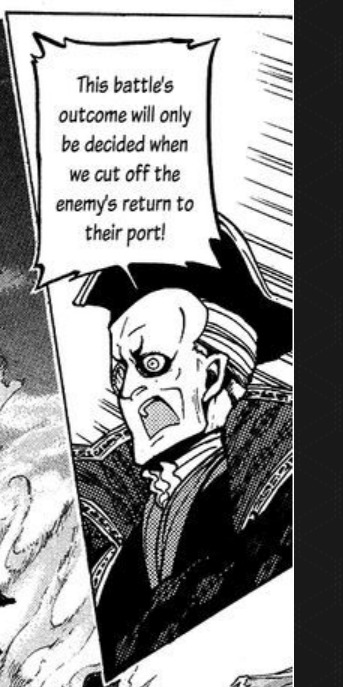
Marco Quirini commander of the venedic navy, who replaced Silvestro Brega.
Seeing the chaos in the formation of his battle fleet, Giustiniani tried to help by mobilising his remaining reserve ships. in order to release the blockade of the Venedik Force over the Naples troops. However, the Turkiye Galley, led by Hass Murad Pasha and Mesih Pasha, came from the side and intercepted the Genoa ships. The Genoa ships were able to match the Turkiye ships in battle by relying on the large size of their ships. thus being able to escape the interception. Venier himself was badly wounded by the many arrows that pierced him, feeling unable to continue the battle. He decided to withdraw his fleet and retreat. although the effort was quite impossible. However, Venier was able to make a feint with some of his crew by disguising himself as a common soldier and escaping with some of his ships that managed to escape the siege.
As a result, the Genoese and Rhodesians were left alone. This angered Giusitiniani. upset, he decided to return to Li'solani. hoping that he could avenge his painful defeat at the Sea of Phoenicia. This third Centro Sea battle lasted from dawn to sunset. The combined Turkiye-Venedik fleet was finally able to defeat the Crusader fleet. Many captains and crew members of enemy ships were killed and taken prisoner. and captured 57 galleys and 10 galleons, according to Satino's records. while the rest were destroyed during the battle. while the Egyptian historian, Maqrizi, says the number reached 40. Nicollo (one of the Venedik historians who participated in the war) details the ships captured by the Venedik forces. Lorenzo Festa captured 70 galleys belonging to Li'solani, while Marco Quirini captured 10 galleons belonging to Naples and one flagship galleon belonging to Genoa. The record of warships captured by the Turkiye is not mentioned by Nicollo except based on Maqrizi's account. The Turkiye captured 57 galleys, or at least 40 galleys, belonging to the Balt Rhein and 22 galleys belonging to Rhodes and Li'solani. Casualties on the Turkiye and Venedik sides reached at least 4000 men. on the enemy side, as narrated by Maqrizi, reached 30000 men. Most of the casualties were from the Balt Rhein.
Aftermath
Four days after the third Centro battle, Hamza Pasha and Quirini organised a pursuit of the fleeing Crusader fleet. The Turkiye-Venedik fleet approached the island of Crete and laid siege to Tarros and Ponente, which were the bases of the Balt Rhein Fleet's escape. After more than five days of siege, both cities were defeated. ending both city governments and entering into Turkiye domination. Hamza Pasha captured eight generals of the Balt Rhein superintendent and some resisting troops and executed them. Next, on the 27th, the Turkiye Venedik Fleet moved towards Li'solani through the Witch Straits to shorten the journey. Giustinianni had taken full command of the city's controls and taken Donatello Doria prisoner in his own palace, then prepared for the final battle.
On the 28th, fighting broke out again around Li'solani waters. The Genoese and Li'solani Fleets put up a vigorous resistance to the attacks of the Turkiye-Venedik Fleet, destroying parts of their galleys. Giustiniani tried to keep the enemy fleet away from the island, but was unsuccessful. Due to the unstable wind direction, the situation was reversed when the wind direction actually blew to the west, which brought the Genoese and Li'solani ships closer to land. The Turkiye-Venetian fleet took advantage of this opportunity by showering them with fire arrows in order to burn their ships and surrounded them. Giustiniani was forced to change his strategy by adopting defensive tactics in the fortress. The Turkiye troops carried out the siege from the 1st to the 6th of Raki. Li'solani decided to surrender. Despite Giustiniani's ingenuity, he was able to defend the city and thwart two consecutive attacks by the Turkiye-Venedik fleet. Due to the discontent of the inhabitants and merchants, they wanted the Genoese to withdraw from their city.
Hamza Pasha accompanied by the Janisaries entered the city on the 6th and ordered the troops to spread out, in search of Giustiniani. However, they did not find him. Most likely, Giustiniani had escaped with 700 of his troops by robbing some of Li'solani's Galleys and then returning to Italy. Hamza pasha then stormed Donatello's palace and arrested him while expressing his anger for betraying the Anti-Imperial Tripartite that had been agreed 3 years earlier. in return, Hamza Pasha placed Donatello's son, Antonio Doria as the new Li'solani ruler. signifying the end of the independence of the Li'solani government. and transformed into a Vassal state under the auspices of Turkiye.
The victory at Centro marked the beginning of the fledgling Turkiye naval supremacy that would continue to develop until the end of the Stratocracy and the return of the Ottoman Empire. Nicollo says that although the Turkiye lacked the quality of ships capable of matching the Venediks, Genoese, and Li'solani, and their ships were mostly small galleys, their rowers were adept at mobilising them according to the tide and wind direction. Hamza Pasha's strategy, docking fellow galleys until the transfer of rowing troops to enemy ships, and the ambush of the Genoese ship, which was in fact larger, made the Venedik commander, who witnessed the Turkiye way of war for the first time at sea, truly amazed. seen, several times the Turkiye troops applied the strategies of the Venedik troops themselves. One of them was pouring oil or soap on the enemy's deck to throw off their balance when moving. Or, the troops' shoes were coated with sand so that they could walk on the soap. Because of this, Nicollo commented, "This tribe of horsemen has learned something from us.".
According to Seth Perry, "the destruction of the Crusader Fleet at Centro emphasised the influence of Turkiye, this time not only dominating the land but also the sea. This was evidenced by the conquest of Tarros, Ponente, Li'solani, and finally Vessels. making Turkiye a major player in naval warfare. next to Venedik, Li'solani, and Genoa.
#shoukoku no altair#altair a record of battles#kotono kato#kato katono#navy#fanfic#fan fiction#ottoman#centro#zehir zaganos
2 notes
·
View notes
Text
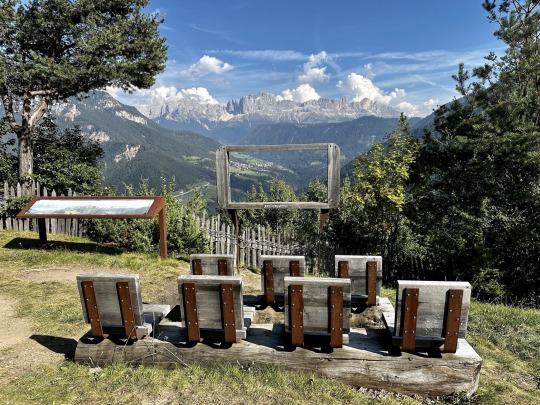

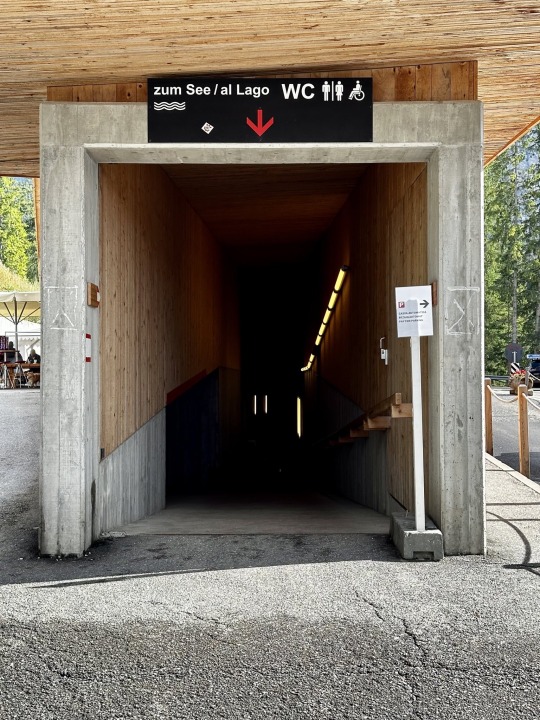
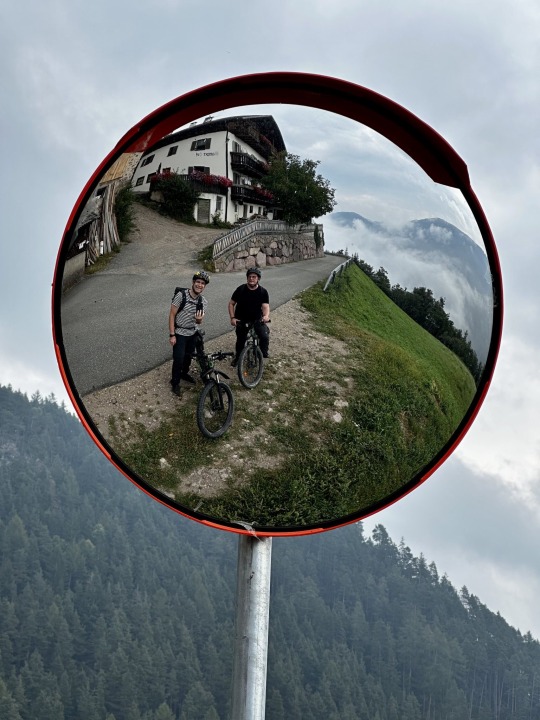

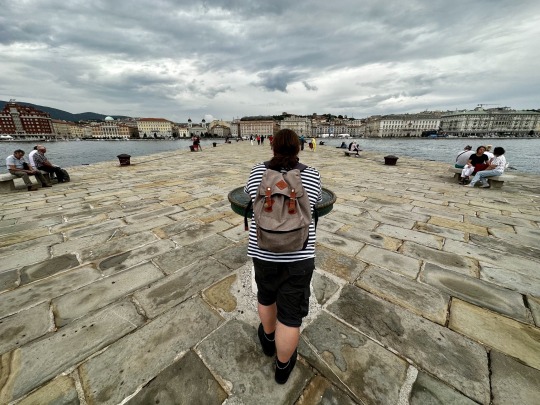
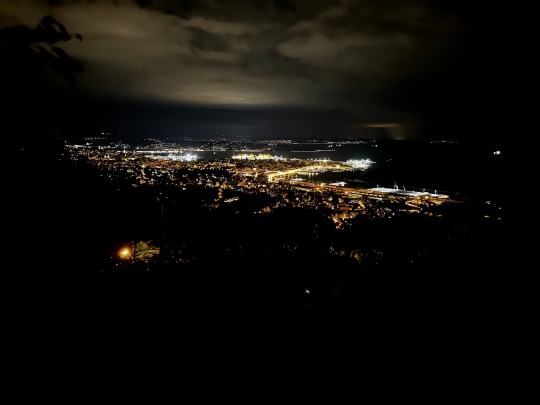


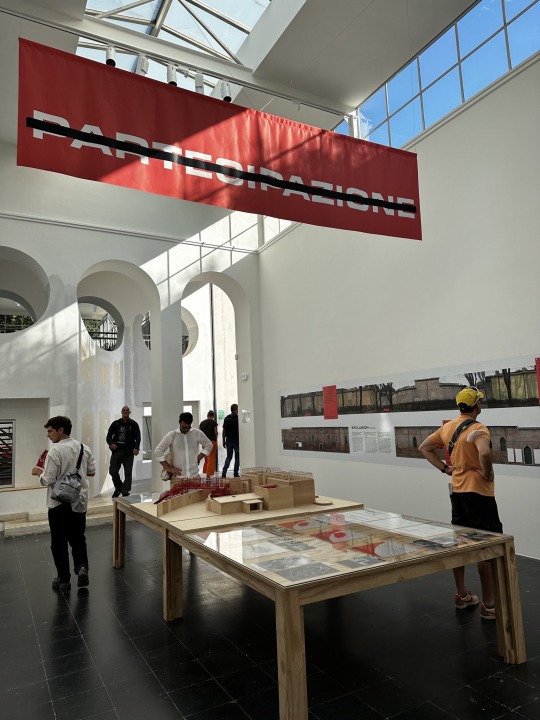
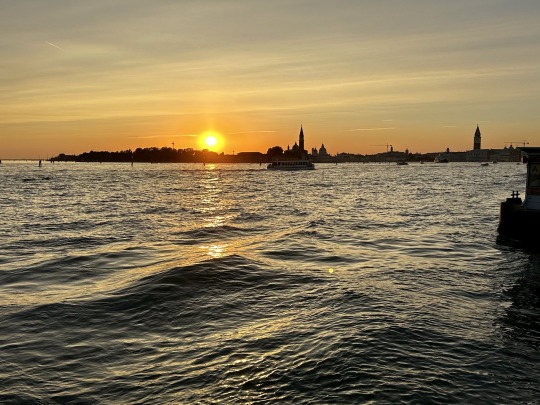
Melden uns (schon wieder leicht hinterherhinkend) aus dem Urlaub zurück, dafür aber ausnahmsweise gleich mit Bildchen! Wie Sie erkennen können, habe ich es nach all den Jahren endlich mal nach Veneding geschafft. Es sieht dort genau so aus, wie man es sich vorstellt.
0 notes
Text
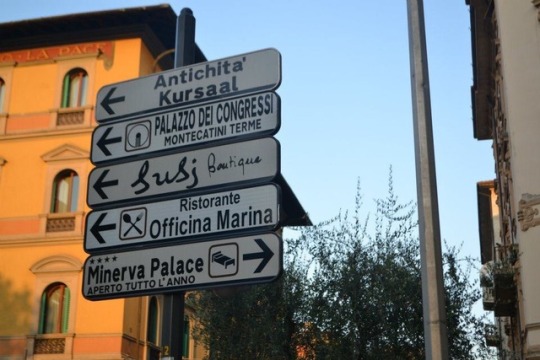
#photography#photographers on tumblr#instagram#photooftheday#artists on tumblr#photoart#architecture#tumblr#instagood#italy#italia#venedic
1 note
·
View note
Photo

Excited to share the latest addition to my #etsy shop: Vintage Turkish Kilim Rug, 60,24" x 72,83"inc, Karakeçili Kilim, Home Decor, bohemian rug, Turkish rug, Area rug https://etsy.me/2IMm286 #venedic #home #wool #world #europa #quotes #motivationalquotes #relaxing #travelgram #yogaeverydamnday #unlimitedswitzerland #instadaily #outdoors #paris #homemade (Zürich, Switzerland) https://www.instagram.com/p/Bwx0W-ehlcc/?utm_source=ig_tumblr_share&igshid=lieitzoj6za4
#etsy#venedic#home#wool#world#europa#quotes#motivationalquotes#relaxing#travelgram#yogaeverydamnday#unlimitedswitzerland#instadaily#outdoors#paris#homemade
0 notes
Photo

Europe, France Pays de la Loire, Montaigu-Vendee - webcam
13 notes
·
View notes
Text
El Gobierno izquierdista argentino vende la explotación de su 'oro blanco' al régimen comunista chino
El Gobierno izquierdista argentino vende la explotación de su ‘oro blanco’ al régimen comunista chino
El Gobierno izquierdista de Alberto Fernández acaba de cerrar un trato con la empresa china Jiangsu Jiankang Automobile que le da prioridad a la firma para utilizar el litio en el desarrollo de baterías y su aplicación en vehículos urbanos.
Jiangsu Jiankang Automobile pertenece a Guoxuan Group, dueña a la vez de la firma Gotion High-Tech, líder en producción de baterías para vehículos…
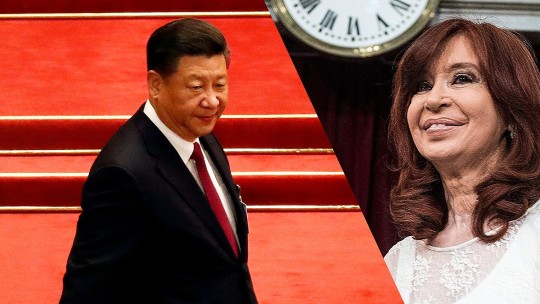
View On WordPress
0 notes
Quote
¿Y la nada no es acaso una forma de perfección?
Thomas Mann, La muerte en Venecia (Der Tod in Veneding).
#Thomas Mann#La muerte en venecia#Novela#citas#frase#literatura alemana#literatura en lengua alemana#novela corta#literatura
6 notes
·
View notes
Text
Ĉi-semajnfine mi planas serĉi pri certaj artefaritaj lingvoj je kiuj mi hodiaŭ interesiĝis. Mi pli scios pri ili kaj eble iomete lernos ilin. La lingvoj estas:
Lojban
Venedic
Ithkuil
Interglossa
5 notes
·
View notes
Photo

After much thought, we decided to reset Venedik and Lisolani to their original historical position. the island adjacent to Turkiye (which used to be the initial Venedic position) became only its colony. Likewise with the former island which became Lisolani's initial position. As for the story plot, nothing has changed.
Venedik ( dark Red )
Li’solani ( Gold )
1 note
·
View note
Photo

Venedic-? via /r/polandball https://ift.tt/2Lyjduw
2 notes
·
View notes
Note
you ask that you didn´t found anybody who ascribes handzade to another mother. I asked you because(I found , How I said before on internet pages. that according venedic Ambassador is handzade discribed like daughter mafiruze. But I´m with you with sehzade mehmed- I cannot understand, why pierce thought that mehmed was mahfiruze´s son. I every document from ambassadors is mehmed discribed like son kosem. They wrote: that afther what sultan osman II let it bring bloody head his mother to the old
palace kosem it collapsed she screem and cried together and her the sadness was uncomfortable. next wrote that afther what mehmed was killed by osman want to let killed his young brother murad. But he let him lived because murad he was no threat to him in his young age. Kosem was in 1622 osman´s enimi like halime. kosem try get his son murad on throne, and she let married her daughter handzade. In every dicribe mehmed performs stepbrother osman and mehmed is about fourth manth later. I can understand why pierce said that mehmed is mahfiruze´s son. mehmed is always discribe like stepbrother osman, he was born afther fourth months later, afther whatosman let killed his brother next should be on the line mehmed young brother murad. afther death his son kosem want depose osman and install her son. than another proof that mehmed is son kosem is that she let married her daughter especial ayse to she secured her son mehmed the throne. there are so many fact why mehmed is kosem son. even by Venetian ambassadors is mehmed discribe like son kosem. I don´t belived that mehmed is son mahfiruze. and than was said that mahfiruze had 4 sons these are discribed like osman, beyazid, huseyin, and accordind someone historians and venedic ambassadors sulejman. I never found any proof that mehmed is son mahfiruze. I think that pierce did mystake in translate. let pierce say what she wants. I´m not historians but accorind my research I don´t belive that mehmed is son mahfiruze!!!
Wait, wait, wait.
There’s a lot of confusion here.
Venetian ambassadors almost never mention names, especially of princesses. They call them “sultana” or “princess” or “the wife of x”. Mihrimah is never mentioned by name but as “Rustem Pasha’s wife” or “Rustem Pasha’s widow” or “the sister of the sultan” (because she was the only one).
Simone Contarini, in 1612 (before the birth of Murad, because he left Istanbul in May 1612) says: “Ha il re due figliuoli, l’uno di sette, l’altro di sei. […] Tre figliuole femmine si trova avere anco Sua Maestà alla quale nascon pure de’ figliuoli assai spesso, e per l’abbondanza delle donne, e per la gioventù, e prosperità che tiene.” I am Italian so please believe my translations: “The King has two sons, one is seven years old, the other six. His Majesty has three daughters as well, and to him sons are born very often, both for the abundancy of women and both for his youth and prosperity”
As you can see, the ambassador never names the children. (He also missed a daughter, as in 1612 the princesses were 4: Ayse, Fatma, Gevherhan and Hanzade)
Cristoforo Valier before 15 July 1615 (bc he died on that date): “Ha il Re quattro figliuoli maschi, due dalla sultana morta e due dalla vivente. […] avendo maritate due figlie l’una di sette anni e l’altra di nove nel già primo visir Nasuf e nel presente Mehemet” Translation: “The King has four sons: two by the dead sultana and two by the living one. […] he has married off two daughters, one is seven and the other nine, to the deceased Grand Vizier Nasuf and to the current [Grand Vizier] Mehmed.”
Again, the name of the daughters are not mentioned
Unfortunately we do not have the relazione of Almorò Nani, Valier’s successor, but only dispatches that are in the State Archives of Venice, so out of my reach. I wish they scanned the originals, like the Vatican has been doing but… so far it’s a no.
I don’t trust anyone - who is not a historian - who claims to have seen Almorò Nani’s dispatches because they’re in an archive and not open to public consultation. You need a letter of recommendation from an institution - a university, for example - that explains why you’re there. You cannot just enter and start touching documents from the XVII century because you’re curious.
I don’t think anybody (with a brain) can say that Mahfiruze was Mehmed’s mother because he was born too close to Osman for that to be possible. I think Peirce thought he was the son of an unimportant concubine, hence why he was executed while Kösem’s sons were left alive. I think Tezcan has successfully demonstrated that he was, in fact, Kösem’s eldest son.
#anon#ask post#ask: ottoman history#kosem sultan#sehzade mehmed son of ahmed i#mahfiruze hatice hatun
20 notes
·
View notes
Text
Всё, что меня вдохновляет, делает меня сильнее.

0 notes
Text
HEY THERE!! I am currently working as an art dealer in a mexican clothing shop. Here you have this awesome Levi design by Chuy Gachuzo 💞
💥Use my code and get a surprise! : PAUS20
💓 INTERNATIONAL SHIPPING


You can buy it here:
💥Use my code and get a surprise! : PAUS20
#levi ackerman#attack on titan#levi attack on titan#captain levi#mikasa ackerman#levi aot#Aot#aot x y/n#shingeki no kyojin#snk anime#snk levi#animedrawing#fan art#aot fanart#fanart#snk fanart#support small artists#artistsupport#Artist#art#digital art#Shirt#fashion#Buy#help artists
1 note
·
View note
Photo

Junevie Venedes from Everyone at Nissan of Torrance!
0 notes
